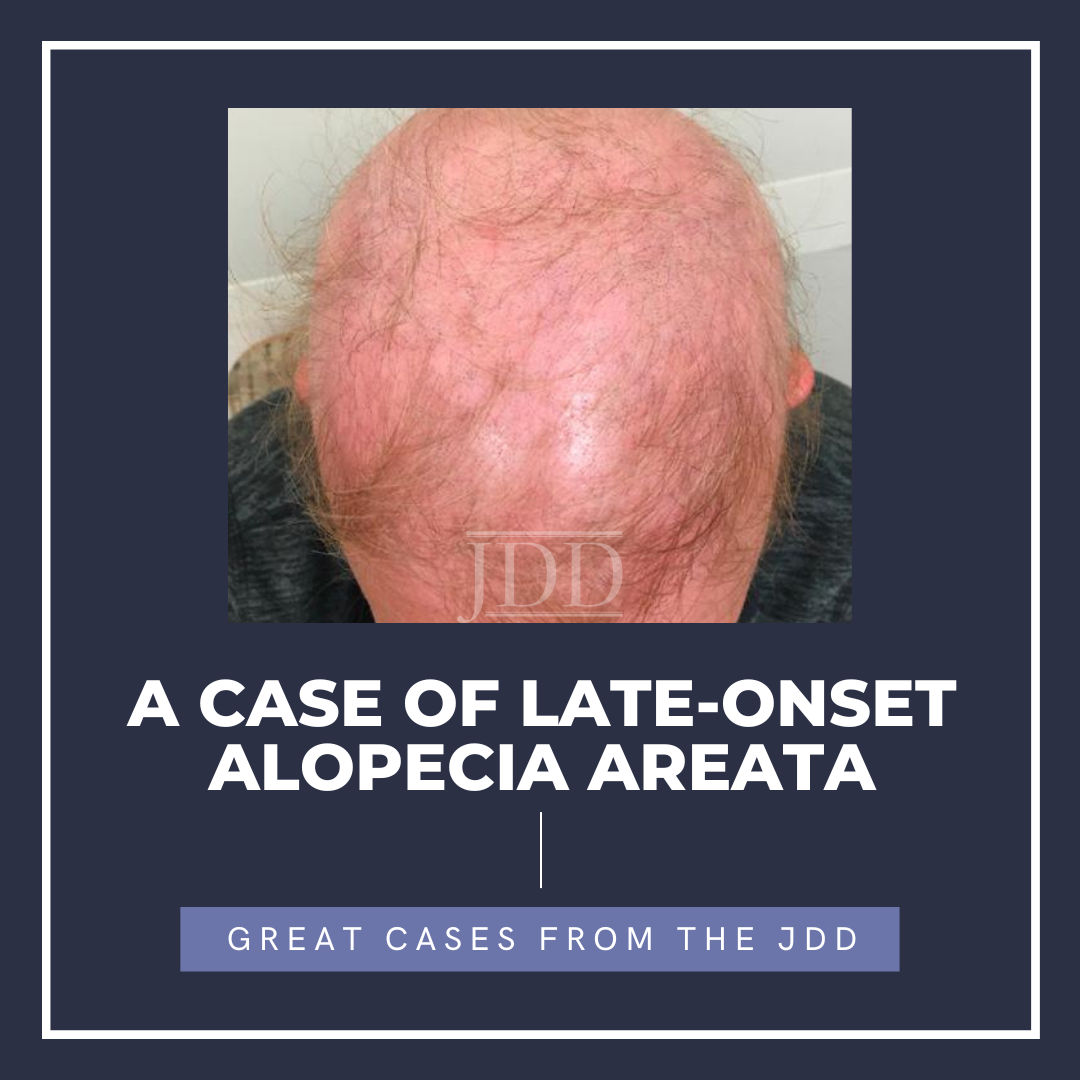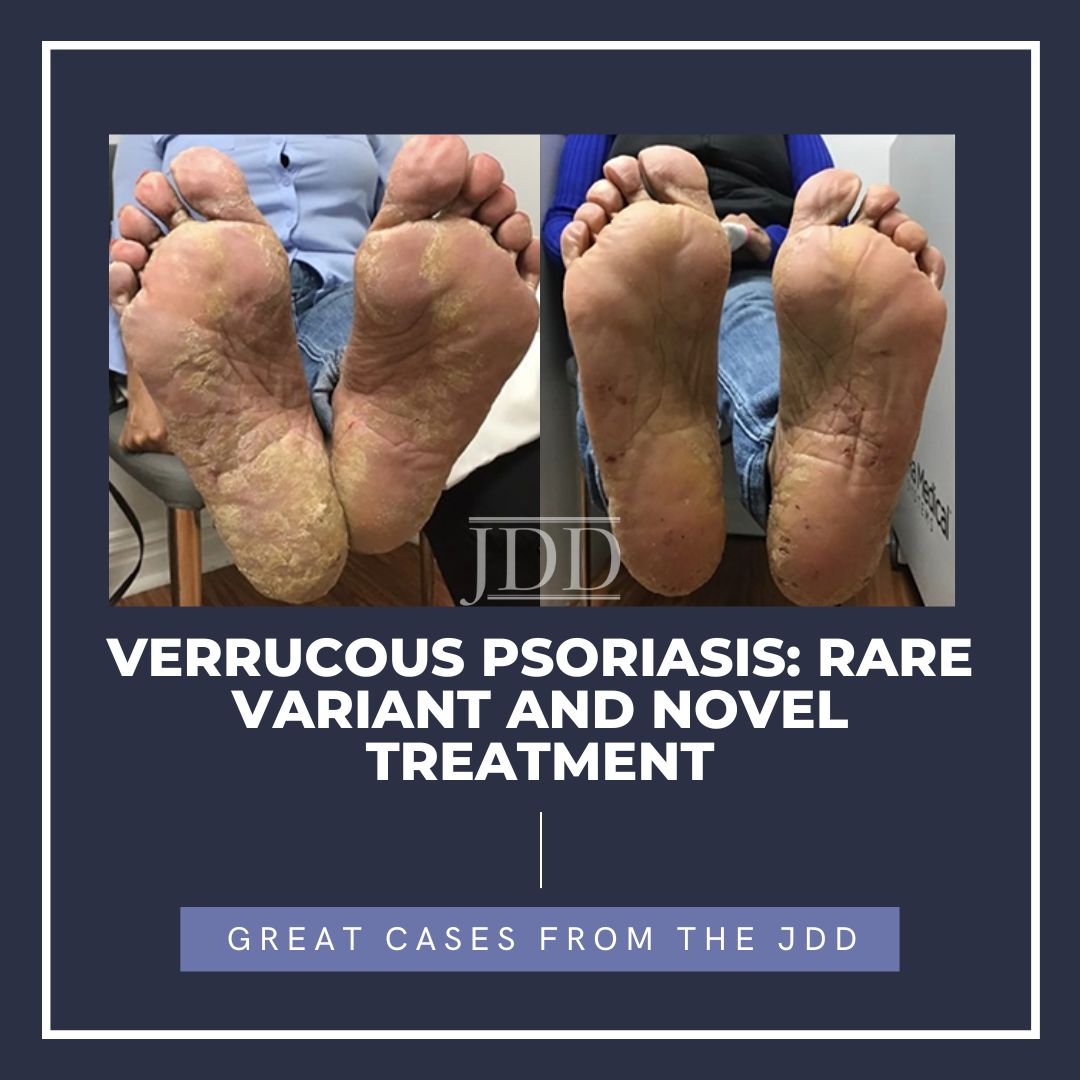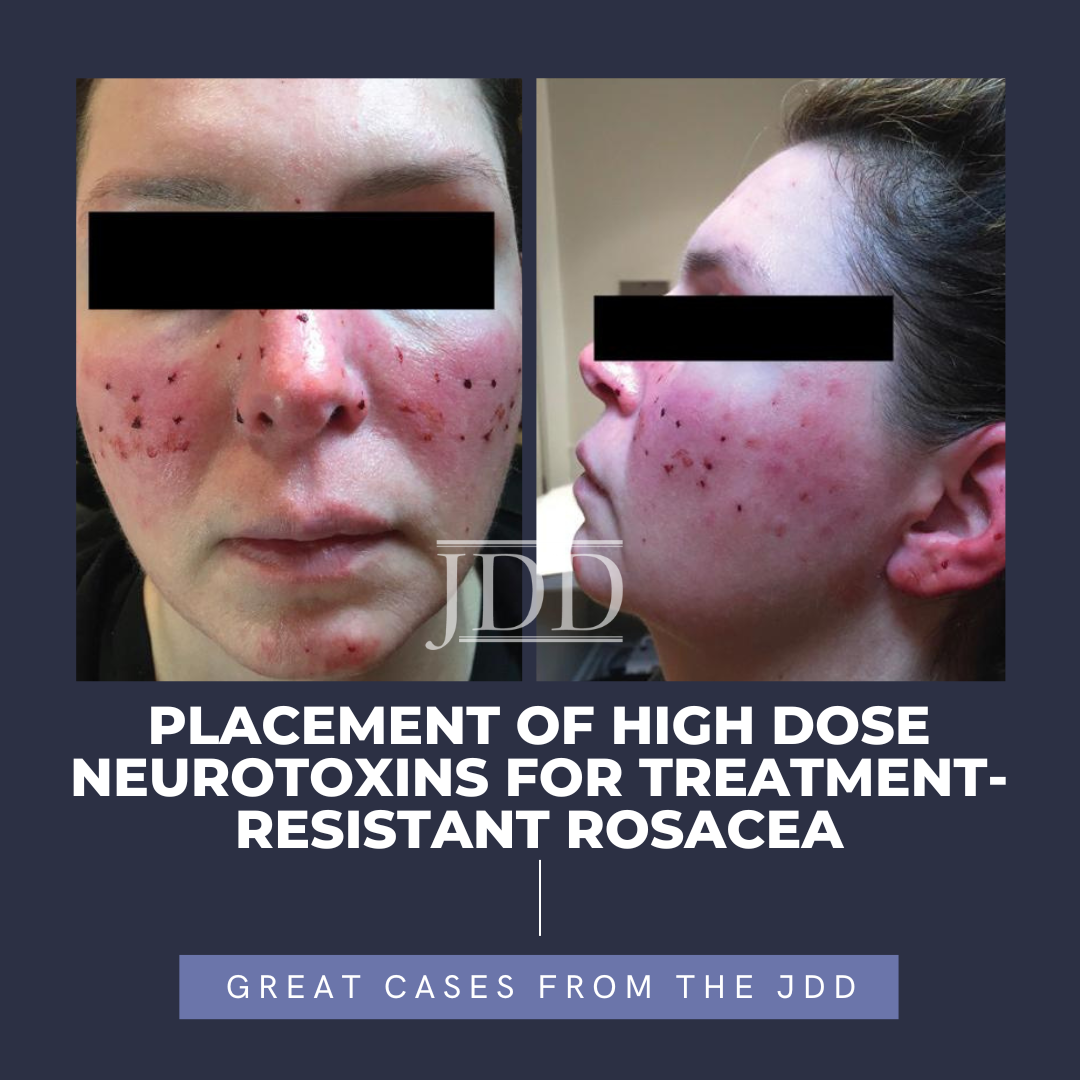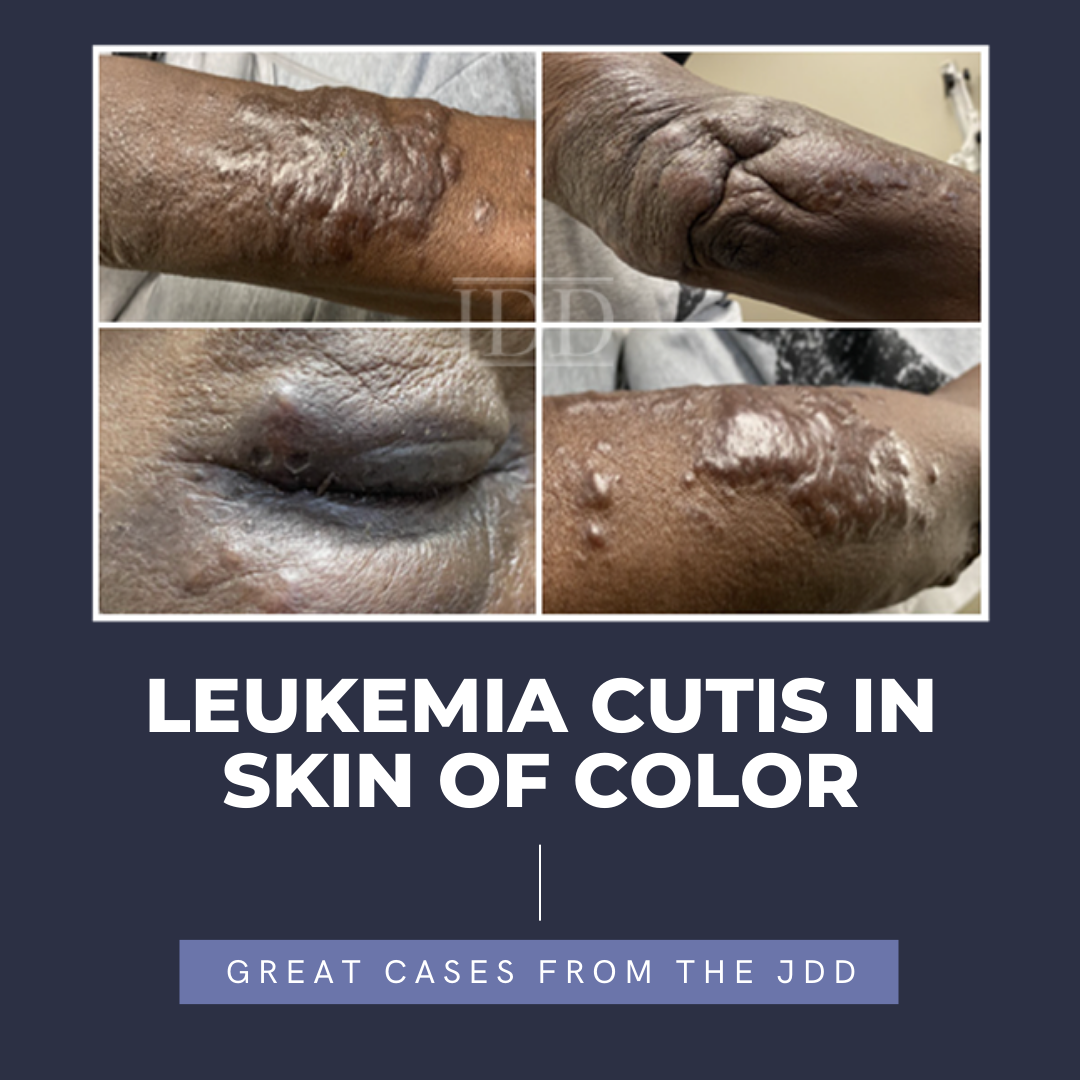Refractory Dissecting Cellulitis of the Scalp Treated With Risankizumab
 Perifolliculitis capitis abscedens et suffodiens or dissecting cellulitis (DC) is a rare and chronic disease with a predilection for the occipital, vertex, and parietal scalp. DC is characterized by multinodular lesions with purulent drainage and sinus tract formation. It is classically seen in middle-aged males of African descent. The etiology of the disease is unknown; however, leading theories …
Perifolliculitis capitis abscedens et suffodiens or dissecting cellulitis (DC) is a rare and chronic disease with a predilection for the occipital, vertex, and parietal scalp. DC is characterized by multinodular lesions with purulent drainage and sinus tract formation. It is classically seen in middle-aged males of African descent. The etiology of the disease is unknown; however, leading theories …
 Perifolliculitis capitis abscedens et suffodiens or dissecting cellulitis (DC) is a rare and chronic disease with a predilection for the occipital, vertex, and parietal scalp. DC is characterized by multinodular lesions with purulent drainage and sinus tract formation. It is classically seen in middle-aged males of African descent. The etiology of the disease is unknown; however, leading theories …
Perifolliculitis capitis abscedens et suffodiens or dissecting cellulitis (DC) is a rare and chronic disease with a predilection for the occipital, vertex, and parietal scalp. DC is characterized by multinodular lesions with purulent drainage and sinus tract formation. It is classically seen in middle-aged males of African descent. The etiology of the disease is unknown; however, leading theories … Continue reading "Refractory Dissecting Cellulitis of the Scalp Treated With Risankizumab"


 INTRODUCTION
Alopecia areata (AA) is a condition characterized by nonscarring hair loss. Cases of alopecia areata are most commonly seen in patients under age 30 and are frequently idiopathic. In this report, we discuss a woman in her 50s who developed AA shortly after receiving the Tdap vaccine and after one year of guselkumab therapy.
CASE
A woman in her 50s with history of psor …
INTRODUCTION
Alopecia areata (AA) is a condition characterized by nonscarring hair loss. Cases of alopecia areata are most commonly seen in patients under age 30 and are frequently idiopathic. In this report, we discuss a woman in her 50s who developed AA shortly after receiving the Tdap vaccine and after one year of guselkumab therapy.
CASE
A woman in her 50s with history of psor …  JDD authors Dimitra Xenopoulou MS, Christopher Pochat MS, and Evelyn Greco DO present the findings of a successful treatment for verrucous psoriasis.
CASE
A 64-year-old female presented to the outpatient clinic for the evaluation of flaking and itchy lesions on her bilateral hands and feet that were present for several months and caused difficulty with activities of daily living. Inconsist …
JDD authors Dimitra Xenopoulou MS, Christopher Pochat MS, and Evelyn Greco DO present the findings of a successful treatment for verrucous psoriasis.
CASE
A 64-year-old female presented to the outpatient clinic for the evaluation of flaking and itchy lesions on her bilateral hands and feet that were present for several months and caused difficulty with activities of daily living. Inconsist …  Rosacea is a chronic inflammatory skin condition characterized by facial flushing, erythema, telangiectasias, and papulopustular lesions. Treatment for rosacea includes limiting inciting factors and reducing inflammation with topical and oral therapies. Traditional therapies primarily focus on the papulopustular or background erythematotelangiectatic component of rosacea, leaving symptoms of flush …
Rosacea is a chronic inflammatory skin condition characterized by facial flushing, erythema, telangiectasias, and papulopustular lesions. Treatment for rosacea includes limiting inciting factors and reducing inflammation with topical and oral therapies. Traditional therapies primarily focus on the papulopustular or background erythematotelangiectatic component of rosacea, leaving symptoms of flush …  The various presentations of many dermatologic conditions among various skin types are slowly being elucidated throughout the recent years. These differences present as an issue as it leads to delayed diagnosis, treatment, and poorer quality of life. Herein, JDD authors Susuana Adjei MD, et al. present the characteristics of leukemia cutis in a skin of color patient with diagnosed chronic myel …
The various presentations of many dermatologic conditions among various skin types are slowly being elucidated throughout the recent years. These differences present as an issue as it leads to delayed diagnosis, treatment, and poorer quality of life. Herein, JDD authors Susuana Adjei MD, et al. present the characteristics of leukemia cutis in a skin of color patient with diagnosed chronic myel …